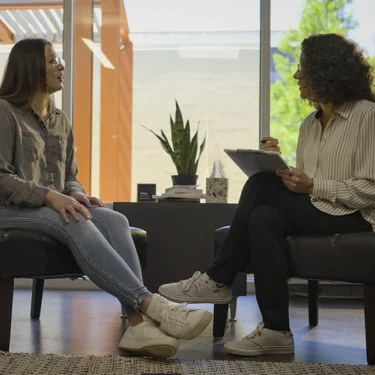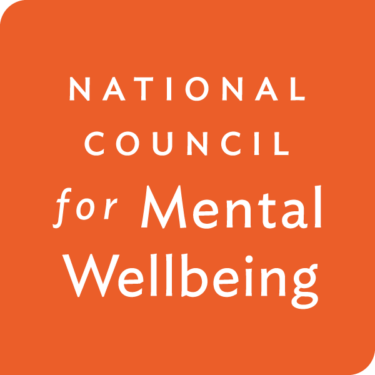Conversations with youth about substance use prevention and risk reduction aren’t always easy.
But it’s more important than ever to have those conversations.
Effective early identification and intervention of youth substance use decreases the likelihood of future development of substance use disorder and can minimize harmful consequences related to use of alcohol and other drugs.
With funding from the Centers for Disease Control and Prevention (CDC), the National Council for Mental Wellbeing has been working to assess the effects of the COVID-19 pandemic on substance use risks and drivers among youth ages 12-18 to equip youth-serving providers and organizations with the tools and resources necessary to support effective prevention messaging.
That includes helping providers engage youth in conversations to identify problems, intervene early and provide youth-centered resources for support.
But where should providers start?
What Young People Actually Want to Know
Young people told researchers on behalf of the Substance Abuse and Mental Health Services Administration in 2019 that “the most important thing that youth-serving providers can do is to: 1) Facilitate connecting young people and parents, 2) Provide education (especially about opioids), 3) Link young adults to adolescents to act as mentors and help with prevention, and 4) Normalize sobriety and recovery.”
That’s helpful guidance because it clearly illustrates both the practical hurdles – conversations with parents – and the intellectual gaps they want providers to fill.
It’s equally important to understand – not make assumptions about – what youth think about alcohol and drug use. The 2021 National Council Youth Needs Assessment found that attitudes and perceptions around health and wellbeing played a large role in young peoples’ decisions to abstain from alcohol and other drugs. For instance, when asked why they decided not use drugs, young people responded by saying:
- Drugs may be bad for their health (36%)
- They had plans for the future and didn’t want to mess up/jeopardize those plans (35%)
- Their parents/guardians would disapprove (31%)
When asked to explain why they stopped using drugs, young people responded by saying:
- Drug use could shorten their lifespan (48%)
- They didn’t want their life controlled by addiction (48%)
- They had concerns about the negative health impact of drugs (44%)
So, youth appear to be cognizant of the fact – or receptive to research that shows – that starting substance use at an early age is one of the strongest and most consistent predictors of an increased risk of addiction.
New Message Guide Now Available
To help youth-serving providers, the National Council developed an extensive new message guide for providers, “Getting Candid: Framing the Conversation Around Youth Substance Use Prevention,” that provides practical guidance on communicating with youth.
Informed by research of and guidance from youth, the National Council found that young people responded most to messages built around themes related to their future and to the risk of addiction. Messages built around relationships, activities and self-affirmation also helped youth-serving providers establish trust.
When asked about the most salient reasons not to use substances, 50% of youth cite death or negative health consequences, followed by the potential negative impact on their plans for the future. 85% of middle schoolers and 82% of high schoolers “strongly agree” that they should not “let drug and alcohol use change or control” their plans for the future.
When asked about the risks associated with addiction, 76% of middle schoolers and 78% of high schoolers “strongly agree” that drug and alcohol use changes parts of their brain that impact how they think and act, and 67% said not wanting their life to be controlled by addiction was among the most convincing reasons to stop using drugs or alcohol.
Beyond just messaging, the guide contains valuable information for providers on how to establish trust, build rapport, gather insights and more.
As youth-serving providers search for new ways to connect with youth through meaningful dialogue, the guide will serve as a vital roadmap to inspiring conversations that propel young people to lead positive, healthy lives into adulthood.
FINANCIAL DISCLAIMER: This project is supported by the Centers for Disease Control and Prevention (CDC) of the U.S. Department of Health and Human Services (HHS) as part of a financial assistance award totaling $2,000,000 with 100% funded by CDC/HHS. The content is that of the author(s) and do not necessarily represent the official views of, nor an endorsement, by CDC/HHS or the U.S. Government.
Guest Author
Senior Writer
National Council for Mental Wellbeing


